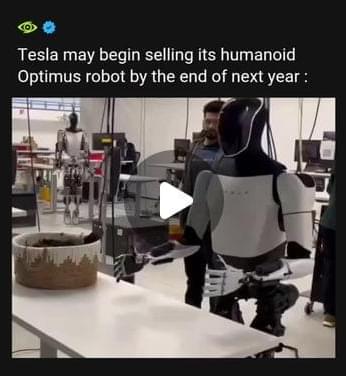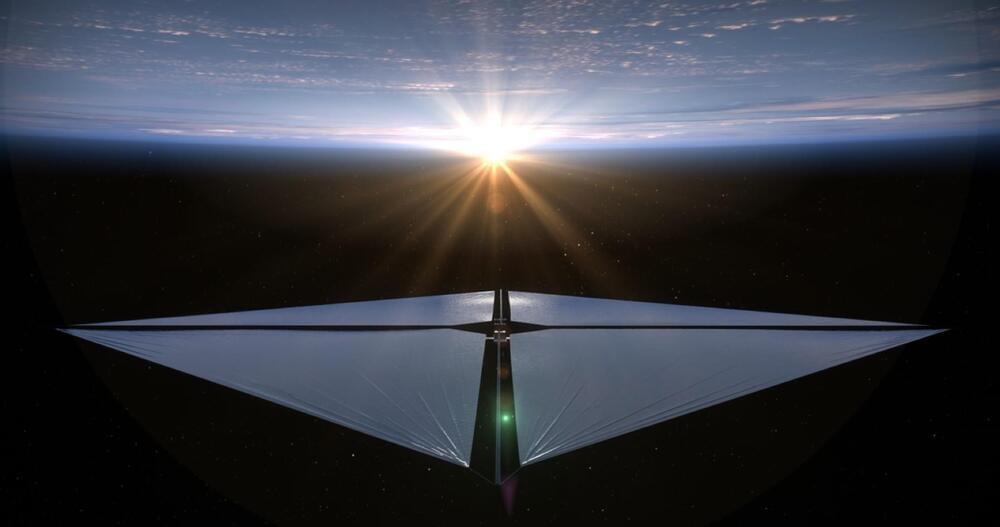Humanoid robots are on the cusp of mass adoption. And Elon Musk’s Tesla bots aren’t the only game in town.



Elon Musk, Tesla and Warner Brothers Discovery are being sued by “Blade Runner 2049” production firm Alcon Entertainment for alleged copyright infringement, which accused them on Monday of “a massive economic theft.”
The big picture: Alcon alleges the defendants used an AI-generated image like the one from “Blade Runner 2049” to promote Tesla’s robotaxi concept at Warner Bros. Discovery’s studio lot in Burbank, California, earlier this month after it denied their request to use “an iconic still” from the 2017 movie at the event.
Zoom in: The production company alleges in the suit, filed on Monday in federal court in Los Angeles, that the event used an image that was reminiscent of a scene involving Ryan Gosling’s character looking into an apocalyptic world in the sequel to the 1982 sci-fi classic “Blade Runner.”

78K likes, — ianthebroker on October 12, 2024: ‘Talking to Tesla’s Optimus robot feels like the future is NOW! 🤖🚀 This ultra-realistic robot just got unveiled, and it’s already blowing minds. Elon Musk says this could be the biggest product ever created, and after seeing it in action, I believe it. Imagine robots seamlessly interacting with humans in everyday life—what a time to be alive! 🔥 #Tesla #OptimusRobot #ElonMusk #TeslaAI #FutureTech #RoboticsRevolution #TechInnovation #AI #TheFutureIsNow #AutonomousRobots #TeslaUnveiled #irobot #werobot’

Predicting it could drive the carmaker towards a $25 trillion valuation.
Experts believe this ambitious claim is within the realm of possibility. Optimus is still in development but will enter production next year, with Musk stating that Tesla could have “a few thousand” units working in its factories, reaffirming his earlier timeline.

Would you like to see more applications for Neuralink in the future? Share your thoughts in the comments.
Elon Musk’s brain technology startup, Neuralink, reported that its implant is functioning well in a second trial patient, identified as Alex. This implant is designed to help paralyzed patients control digital devices through thought alone. Unlike the first patient, Noland Arbaugh, who experienced thread retraction issues post-surgery, Alex has not faced similar problems. Neuralink implemented new measures to prevent such complications, including reducing brain motion during surgery. Both patients have been able to use the implant to perform tasks like playing video games, browsing the internet, and even designing 3D objects.

Would you be comfortable having Optimus in your home? Share your thoughts in the comments.
At Tesla’s We, Robot Cybercab event, Elon Musk unveiled a surprising appearance by Tesla’s humanoid robot, Optimus. A group of these robots walked alongside the reveal of the new Robovan. Optimus bots were shown in a video performing daily tasks such as delivering packages and watering plants, with Musk emphasizing that these robots could soon do nearly anything—from walking your dog to babysitting kids. With a long-term price between $20,000 to $30,000, Musk claims that Optimus could be Tesla’s biggest product yet, eventually transforming civilization.

Crazy: Few would argue that Elon Musk is driven. Despite his various detractors, the entrepreneur has built Tesla and SpaceX into major competitors, if not leaders, in their respective industries. This success comes amid various side endeavors like Neuralink and Twitter/X transition. Now, his xAI team has gotten an AI supercluster up and running in just a few weeks.
Elon Musk and his xAI team have seemingly done the impossible. The company built a supercluster of 100,000 Nvidia H200 Blackwell GPUs in only 19 days. Nvidia CEO Jensen Huang called the feat “superhuman.” Huang shared the incredible story in an interview with the Tesla Owners Silicon Valley group on X.
According to Huang, constructing a supercomputer of this size would take most crews around four years – three years in planning and one year on shipping, installation, and operational setup. However, in less than three weeks, Musk and his team managed the entire process – from concept to full functionality. The xAI supercluster even completed its first AI training run shortly after the cluster was powered up.


Can Tesla meet the production timeline for Optimus? Share your thoughts in the comments.
Tesla’s humanoid robot, Optimus, is set to enter production by 2025. Elon Musk announced that low production for internal use will begin next year, with high production for external companies expected in 2026. Optimus Gen 2, featuring a new design, was showcased at the 2024 World Artificial Intelligence Conference in Shanghai. Tesla has been conducting field tests in its gigafactories, indicating progress towards Musk’s timeline for Optimus’ production.

Would you buy a $16,000 Unitree G1 for your home assistant? Share your thoughts in the comments.
The pressure is on for Elon Musk to accelerate the mass production of Tesla’s Optimus robot as Unitree Robotics announced that its $16,000 G1 humanoid robot is ready for mass production. Initially focused on four-legged robots, Unitree shifted to humanoid designs and quickly developed the G1, which now boasts impressive capabilities like leaping, climbing stairs, and adjusting its gait in real time. Standing at 1.32 meters tall and weighing 35 kg, the G1 features 3D LiDAR, a RealSense depth camera, and a 9,000-mAh battery for two hours of use. While it’s ready for production, Unitree hasn’t confirmed if mass production has begun.